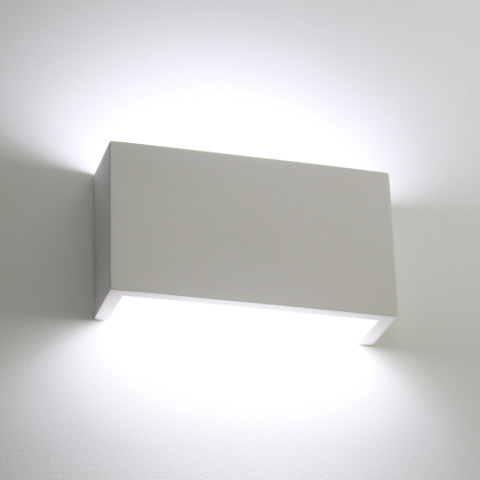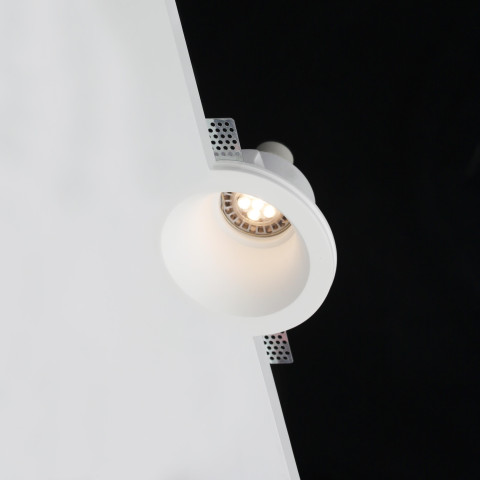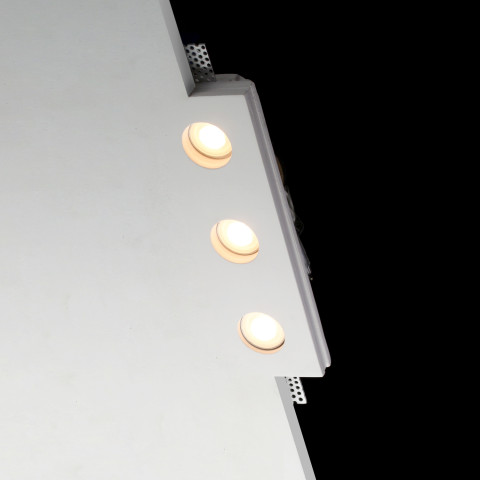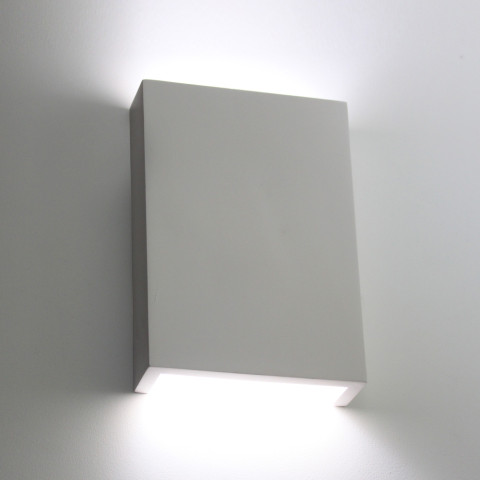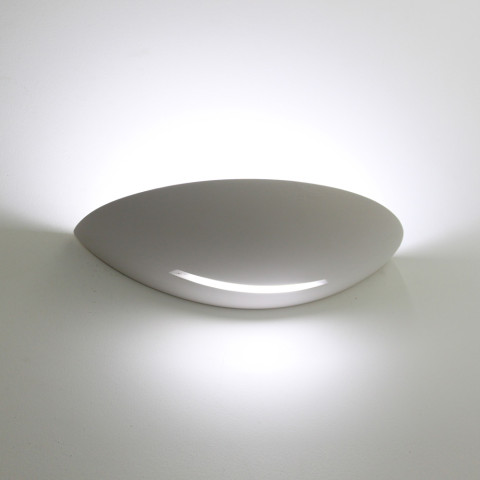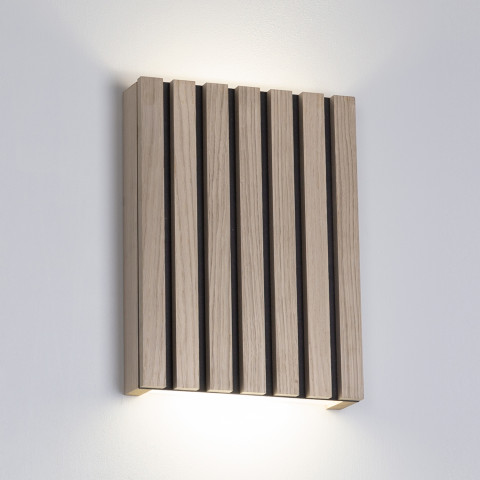Your shopping cart is empty!
- Wood Slat Wall Panel Light Fittings
- Linear Plaster Wall Lights
- Flush, Trimless Integrated Fittings
- Micro Flush, Trimless Integrated Fittings
- Curved Plaster Wall Lights
- Emergency Lights with Integral Battery Packs
- DALI Enabled Lighting
- Corridor/Stairwell Function Lighting
- Spare Parts & Upgrades
- Services +-
L1A Work in new dwellings
Fixed internal lighting
42 A way of showing compliance would be to provide lighting fittings (including lamp, control gear and an appropriate housing, reflector, shade or diffuser or other device for controlling the output light) that only take lamps having a luminous efficacy greater than 40 lumens per circuit-watt. Circuit-watts means the power consumed in lighting circuits by lamps and their associated control gear and power factor correction equipment.
Fluorescent and compact fluorescent lighting fittings would meet this standard. Lighting fittings for GLS tungsten lamps with bayonet cap or Edison screw bases, or tungsten halogen lamps would not.
43 Reasonable provision would be to install fixed energy efficient light fittings in the most frequented locations in the dwelling to a number not less than:
a. one per 25m2 of dwelling floor area (excluding garages) or part thereof AND
b. one per four fixed light fittings.
Installing mains frequency fluorescent lighting in garages may cause dangers through stroboscopic interaction with vehicle engine parts or machine tools. High frequency electronic ballasted fluorescent lamps substantially reduce this risk.
A light fitting may contain one or more lamps.
44 Lighting fittings in less frequented areas like cupboards and other storage areas would not count. GIL 2011 gives guidance on identifying suitable locations.
45 A way of keeping within reasonable design limits would be to enable effective control and/or the use of efficient lamps such that:
a. EITHER: Lamp capacity does not exceed 150W per light fitting and the lighting automatically switches off:
i. When there is enough daylight AND
ii. When it is not required at night
b. OR: the lighting fittings have sockets that can only be used with lamps having an efficacy greater than 40 lumens per circuit watt.
Compact fluorescent lamps would meet the standard in (b). GLS tungsten lamps with bayonet cap or Edison screw bases, or tungsten halogen lamps would not.
Tornado Lighting & Design LTD © 2024
Ecomerce Web Design By Dave Anderson

